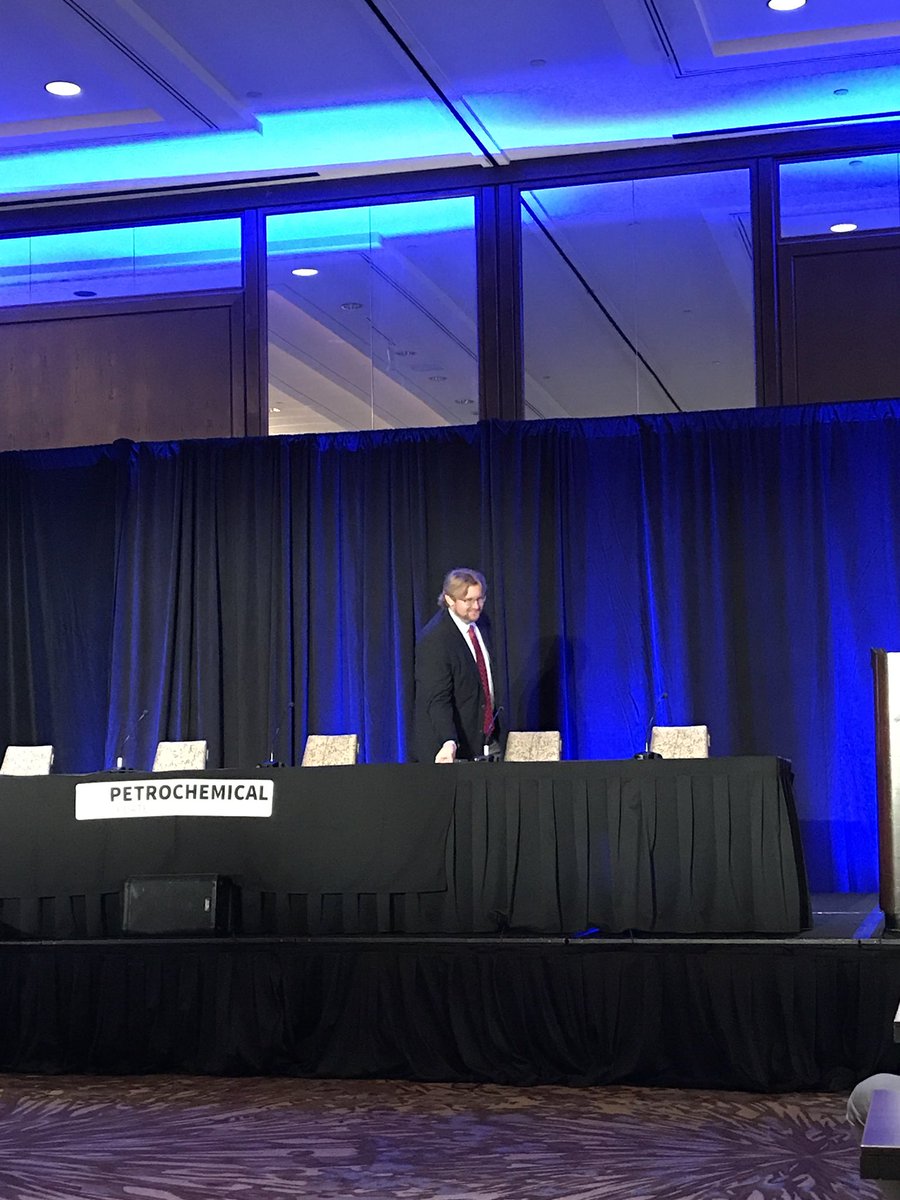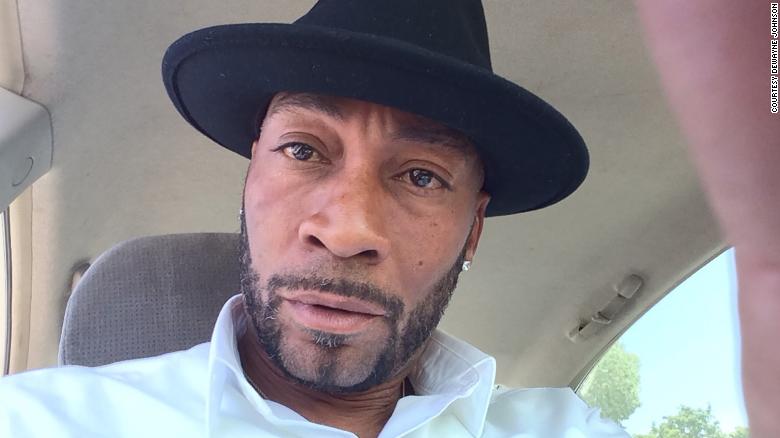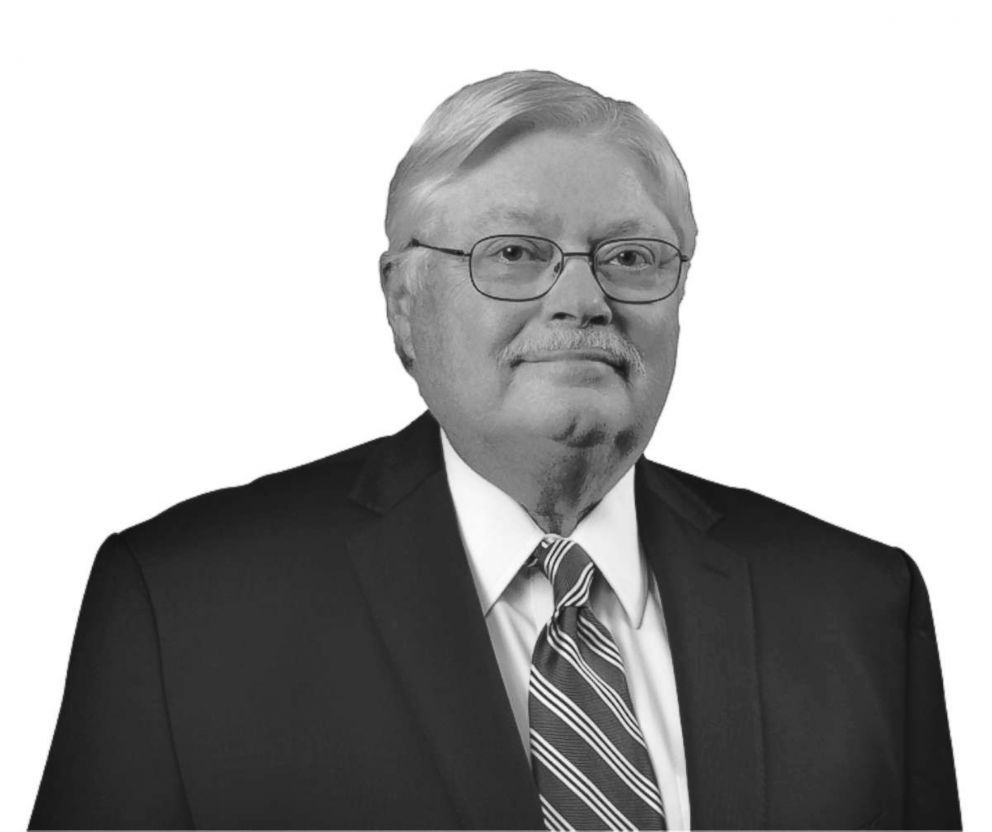ThinkProgress
Trade war jeopardizes China’s huge investment in creation of new ‘cancer alley’ in Appalachia
Industrial build-out in West Virginia would have massive environmental impacts.
Mark Hand June 18, 2018
 Environmental activists fear massive investments in petrochemical and energy facilities could turn part of Appalachia into a new “cancer alley” like the one in Louisiana along the Mississippi river. Credit: Julie Dermansky/Corbis via Getty Images
Environmental activists fear massive investments in petrochemical and energy facilities could turn part of Appalachia into a new “cancer alley” like the one in Louisiana along the Mississippi river. Credit: Julie Dermansky/Corbis via Getty Images
Doubts are growing about a Chinese company’s planned investment in a suite of natural gas-related projects in West Virginia due to the Trump administration’s intensification of a trade war between the United States and China.
From the day the agreement was announced last fall, skepticism has surrounded the issue of whether state-owned China Energy Investment Corp. would follow through on its planned $83 billion investment in energy infrastructure in West Virginia. The cost and scope of the project — known as the Appalachian Storage Hub — would be unprecedented.
The massive project would include natural gas liquids storage, a major intersection of pipelines, and a petrochemical refinery row. Environmental groups have expressed concern that the construction of natural gas liquids and petrochemical processing plants could contaminate air and water resources.
The escalating trade war between the United States and China is causing further uncertainty about the agreement. Global stock prices fell Monday as investors reacted to the decision last week by the United States to target an additional $50 billion in China-made goods for new tariffs.
Brian Anderson, director of the Energy Institute at West Virginia University, has previously touted the positive impact of the China Energy investment. Anderson said two months ago that the agreement with the Chinese company could be coming along at the perfect time. But on Monday, Anderson adjusted his expectations, telling an energy industry conference in Pittsburgh, Pennsylvania that the trade war “has put this project in jeopardy.”

Another potentially ominous sign for the project is the decision by the chief executive of China Energy to cancel plans to speak at this week’s conference — the Northeast U.S. Petrochemical Construction Conference — as the war of words between the two countries on trade issues heated up. The CEO, who reports to the president of China, reportedly cited the trade war as the reason for canceling his trip to the conference.
If trade relations between the United States and China improve and China Energy ultimately carries out its end of the deal, environmental groups are concerned that the state of West Virginia will not be able to properly oversee the potential damage caused by the construction and operation of the energy and petrochemical facilities.
West Virginia has a long history of favoring coal industry profits over the environment and public health. The state is showing the same deference to the natural gas industry, which has grown into a powerful business force in the state over the past 10 years.
The scale of industrialization that would come from the $83 billion investment would be a “big burden” on the state Department of Environmental Protection that does not have adequate resources to enforce regulations on existing coal and natural gas industry operations, according to Angie Rosser, executive director of the West Virginia Rivers Coalition.
Natural gas investments are happening at such a rapid pace in the state that “mistakes are being made and damage is being done” by state environmental officials in a similar fashion to how they failed to adequately monitor the coal industry, Rosser told ThinkProgress.
Appalachia’s struggling coal communities find hope in transition to clean energy

The Appalachian Storage Hub took a major step forward last November as part of a U.S. trade mission to China attended by President Donald Trump and Chinese President Xi Jinping. During Trump’s visit to China, China Energy announced the signing of a memorandum of understanding to invest $83.7 billion in the planned storage hub over 20 years. For comparison, West Virginia’s gross domestic product in 2016 was $72.9 billion.
If it is developed, the hub would bring a massive buildup of the petrochemical industry along the Ohio River from southwestern Pennsylvania to Huntington, West Virginia. It would stretch into surrounding counties with a spur from down the Kanawha River from Point Pleasant, West Virginia, to Charleston, West Virginia.
Environmental groups fear the region could become another “cancer alley,” similar to the buildup of petrochemical facilities in Louisiana along the Mississippi River between Baton Rouge and New Orleans.
“Petrochemicals, pipelines, and plastics are not a plus for the Ohio Valley. We are threatening the future of generations to come if we buy into this promise of short-term economic gains instead of realizing the disastrous long-term effects that will occur,” the Ohio Valley Environmental Coalition, a nonprofit group based in Huntington, said in an alert issued last Thursday.
West Virginia is undergoing political upheaval that also could impact the agreement. Last week, West Virginia Gov. Jim Justice (R) forced Commerce Secretary Woody Thrasher to resign over his handling of a flood relief program. Thrasher was the top state official who traveled to China last November as part of the trade delegation.
A once thriving coal town has turned toxic, and citizens are desperate for help

Furthermore, a potential conflict of interest has emerged as part of the $83 billion investment. At least one member of West Virginia’s negotiating team was also negotiating on behalf of his private company when he traveled to China last fall to negotiate the deal, the Charleston Gazette-Mail reported last Friday. The corporate executive, Steven Hedrick, is CEO of Appalachia Development Group LLC and CEO of the Mid-Atlantic Technology, Research and Innovation Center.
Appalachia Development Group has been seeking a loan guarantee from the U.S. Department of Energy as part of the Appalachian Storage Hub project. The state Commerce Department paid for Hedrick’s travel for the China negotiations. The state found out that Hedrick asked China Energy officials to specifically target some of their investment in his company’s natural gas storage hub.
Rosser, head of the West Virginia Rivers Coalition, said she believes the state will have “big-time regrets” if it does not implement necessary safeguards that will protect the environment and public health from the massive industrial build-out.

 Monsanto says Roundup is safe and can’t be linked to individual cancer cases.
Monsanto says Roundup is safe and can’t be linked to individual cancer cases. Johnson, a former school groundskeeper, regularly used Roundup and claims it gave him cancer.
Johnson, a former school groundskeeper, regularly used Roundup and claims it gave him cancer.
 Johnson had lesions on most of his body, a doctor said.
Johnson had lesions on most of his body, a doctor said.

